The Slovenian flag symbolizes the nation’s distinct journey through history and cultural landscape. Its design captures Slovenia’s essence, reflecting a blend of tradition and forward vision. It holds a unique significance as a national emblem, representing the country’s diverse character and role on the world stage.
Flag of Slovenia
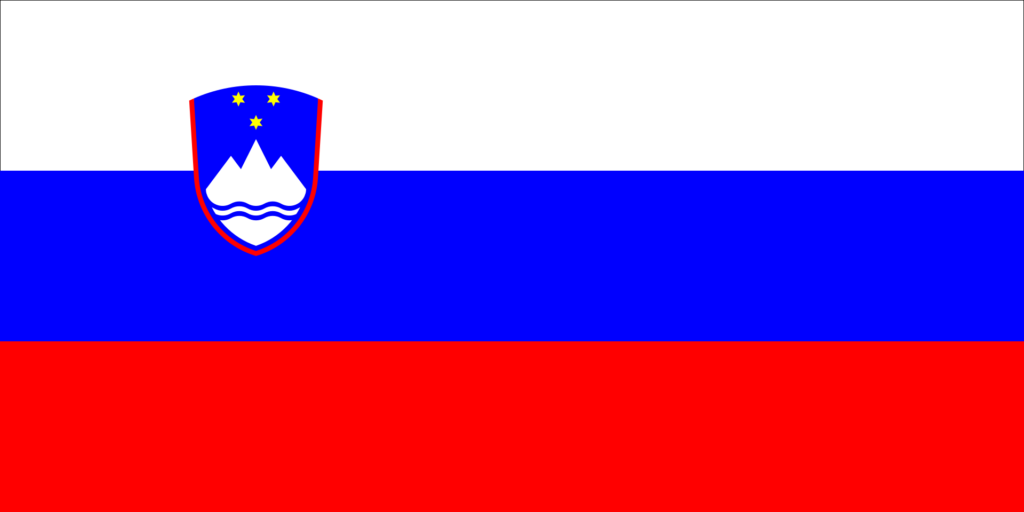
The Slovenian flag has three horizontal stripes and features a prominent national coat of arms on the hoist. Including the coat of arms adds a distinctive element to the flag, setting it apart and emphasizing Slovenia’s unique identity and heritage.
The design succinctly captures the essence of Slovenia’s rich cultural history and diverse natural environment, reflecting its sovereignty and sense of national pride.
Flag of Slovenia: Coat of Arms
Slovenia Flag Map
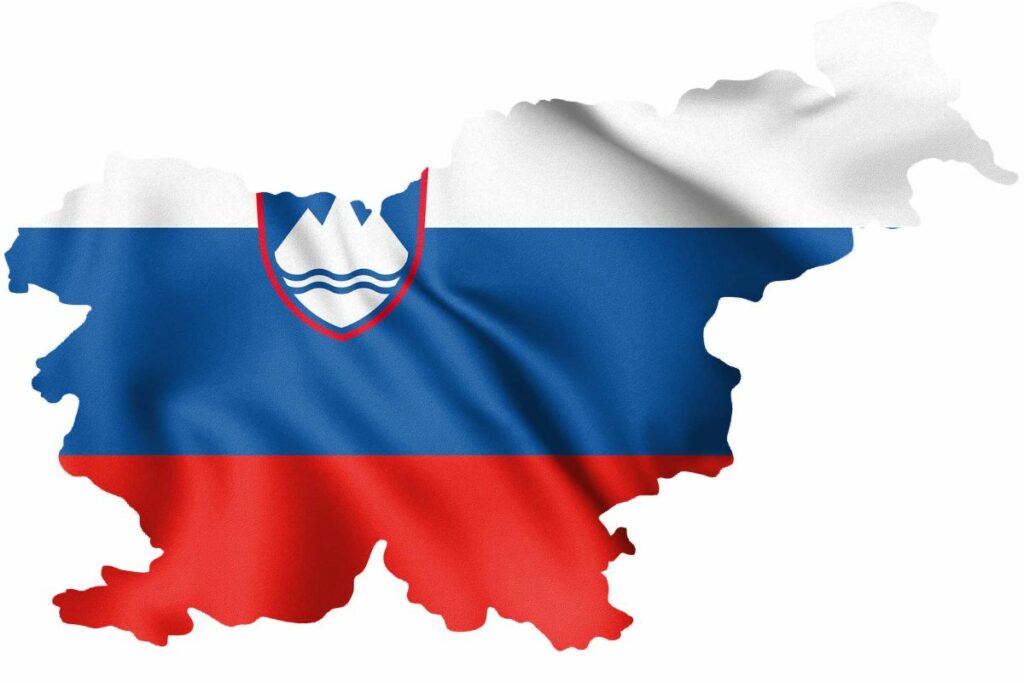
Slovenia Flag Emoji: 🇸🇮
The color palette of Slovenia’s flag is a thoughtful selection that serves as a foundation for its symbolic representation. Each color is chosen for its deep significance, contributing to the flag’s overall narrative.
The following segment will explore each color’s meanings and historical relevance, shedding light on their collective role in embodying Slovenia’s national identity.
Meaning of Each Color
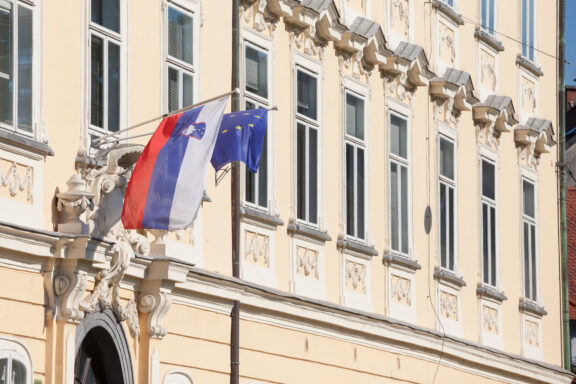
White
Traditionally, the color white in flags symbolizes peace and honesty. In the context of Slovenia’s flag, white can be seen as representing the snowy peaks of the Alps, which are a prominent feature of the Slovenian landscape.
This color, drawn from the historical coat of arms of the Duchy of Carniola, reflects Slovenia’s natural beauty and commitment to peace and integrity.
Blue
Blue often symbolizes loyalty, truth, and justice in flag color symbolism. For Slovenia, blue represents the country’s rivers and the Adriatic Sea.
This color underscores Slovenia’s connection to its important waterways and maritime heritage, reflecting the significance of these natural resources in Slovenian history and culture.
Red
Red is commonly associated with strength, bravery, and valor. In the Slovenian flag, red harks back to the red crescent and red of the Duchy of Carniola’s coat of arms.
It symbolizes the vigor and resilience of the Slovenian people and the historical struggles for national sovereignty and independence.
Coat of Arms of Slovenia
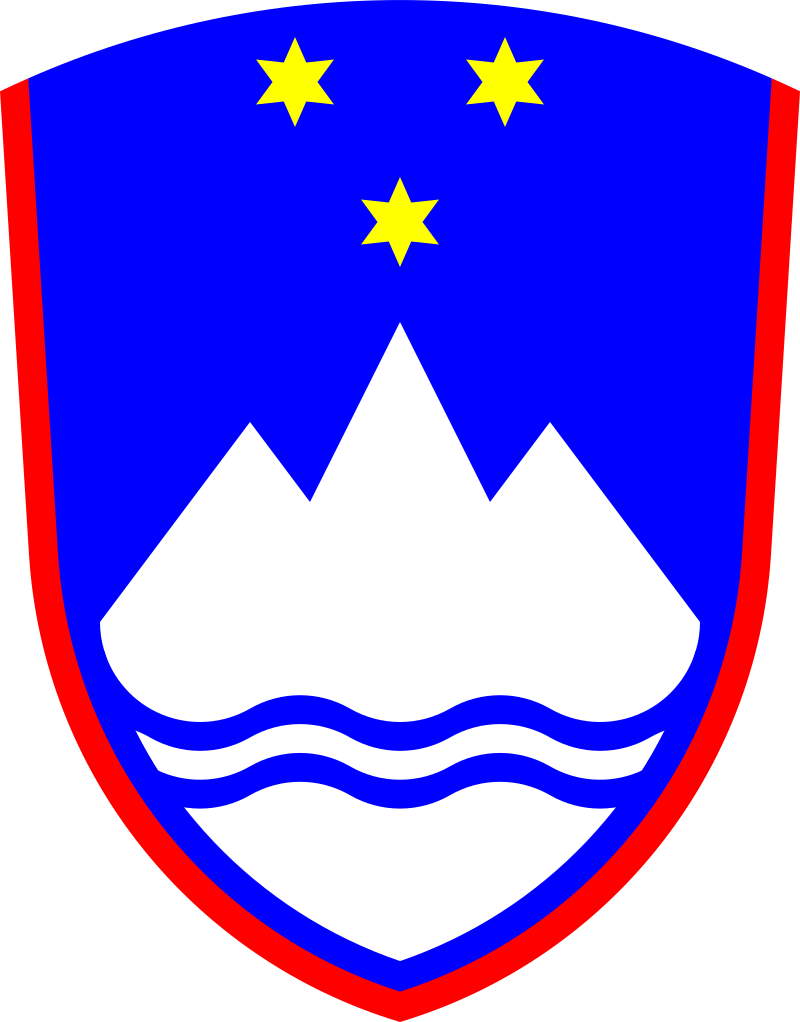
Slovenia’s national coat of arms, as featured on the flag, was officially adopted in 1991. It comprises several elements that symbolize different aspects of Slovenia:
- Mount Triglav: The central feature is Mount Triglav, Slovenia’s highest peak, depicted in white. It represents Slovenia’s geographic diversity and natural beauty, and its prominence in the coat of arms highlights the importance of this natural landmark in the Slovenian consciousness.
- Two Wavy Blue Lines: Below Mount Triglav are two wavy blue lines symbolizing Slovenia’s rivers and the Adriatic Sea. These elements emphasize Slovenia’s connection to its waterways and maritime heritage, crucial to its history and development.
- Three Six-Pointed Golden Stars: The stars above Mount Triglav are borrowed from the coat of arms of the Counts of Celje, a significant medieval Slovenian dynastic house. These stars symbolize Slovenia’s historical continuity and cultural heritage, linking its present to its noble past.
The coat of arms encapsulates key facets of Slovenian identity—its landscape, history, and the enduring spirit of its people. It serves as a visual summary of what Slovenia represents to its citizens and the wider world.
Historical Evolution and the Meaning Behind Changes
The evolution of Slovenia’s flag colors is deeply interwoven with the nation’s historical and political changes.
The Slovenian flag’s white, blue, and red tricolors originally come from the coat of arms of the Duchy of Carniola, a historical region within Slovenia.
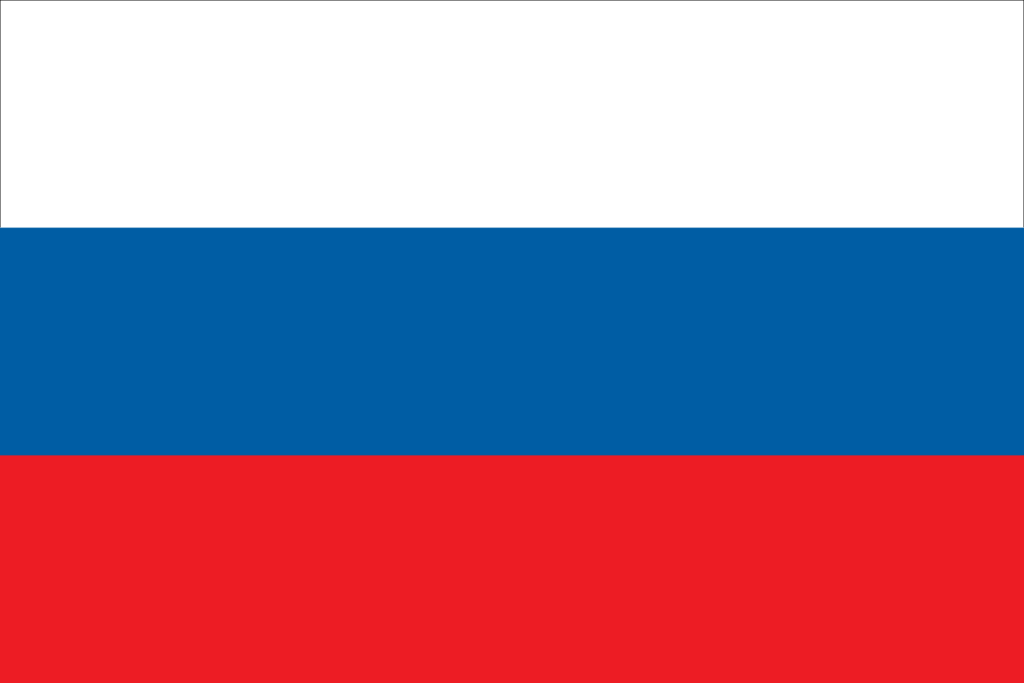
These colors were first used as a symbol of Slovenian nationalism in the 19th century, especially during the time of the Austro-Hungarian Empire. This was a period marked by a burgeoning national consciousness among the Slovenes.
During World War II, the Slovenian flag underwent significant changes. The Partisan Resistance Movement, which fought against the Axis forces, added a red star to the traditional tricolor, symbolizing resistance against fascism and the fight for socialism.
This flag version was used by the Socialist Republic of Slovenia, a constituent of Socialist Yugoslavia, from 1945 until Slovenia pushed for independence in the late 20th century.
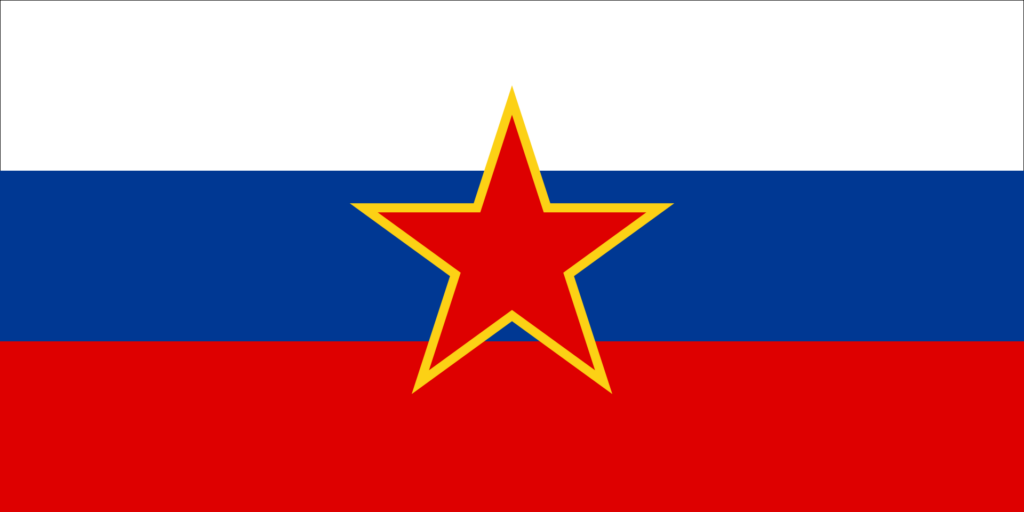
Following Slovenia’s independence from Yugoslavia in 1991, the red star was removed to signify a break from the socialist past. The new design incorporated the current coat of arms by Marko Pogačnik, featuring Mount Triglav, the wavy lines representing rivers and the sea, and the three six-pointed stars from the Counts of Celje.
Today, the flag’s colors and coat of arms symbolize not just the historic Duchy of Carniola but a broader representation of Slovenia’s natural beauty, rivers, and the sea, as well as its roots and cultural continuity.
Overall Symbolic Meaning of the Flag
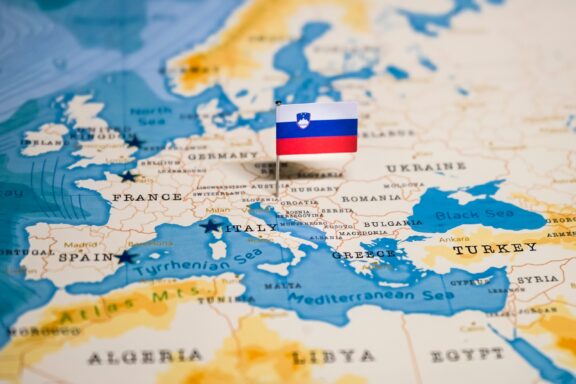
ap of Europe.The Slovenian flag represents the nation’s resilience, prosperous past, and natural beauty, as well as Slovenia’s rich legacy and geographical features.
The flag’s design encapsulates the spirit of unity and democratic values, marking Slovenia’s journey as a sovereign state while symbolizing the collective Slovenian character, embodying the country’s past struggles and aspirations for the future.
Similar Flags to the Flag of Slovenia
Let’s explore flags worldwide that share striking resemblances with Slovenia’s, reflecting shared histories and cultural ties.
Russia
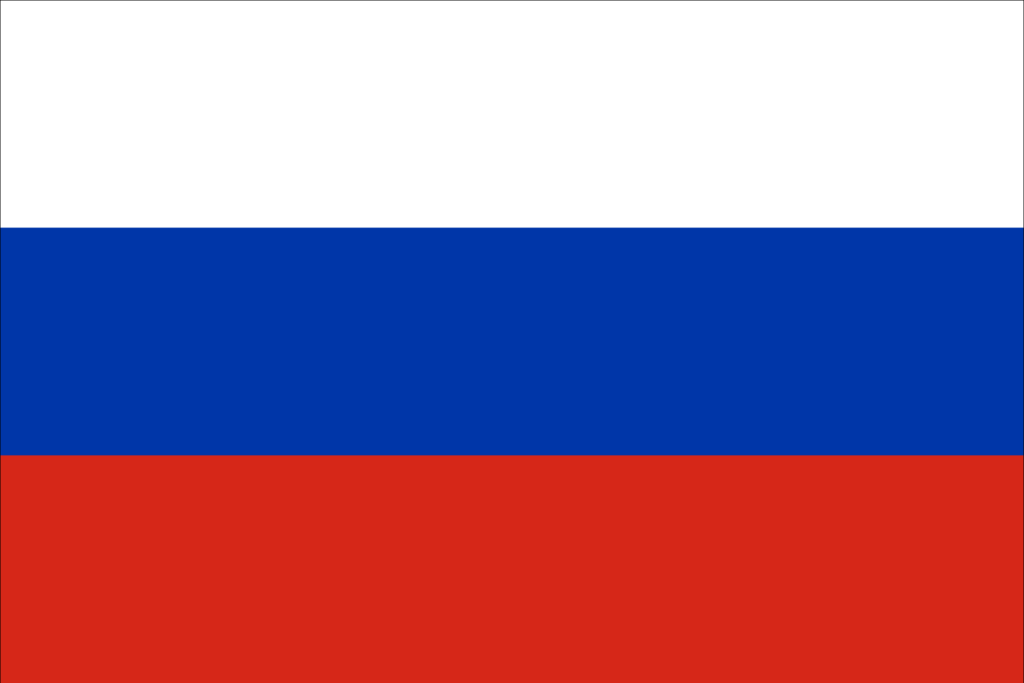
Like Slovenia’s, the Russian flag’s white, blue, and red stripes are based on the pan-Slavic colors. This commonality is a symbol of the shared Slavic heritage that spans across Eastern Europe.
The Russian flag’s simplicity and absence of additional national symbols make it visually similar to Slovenia’s flag, especially when the Slovenian coat of arms is not prominently displayed.
Slovakia
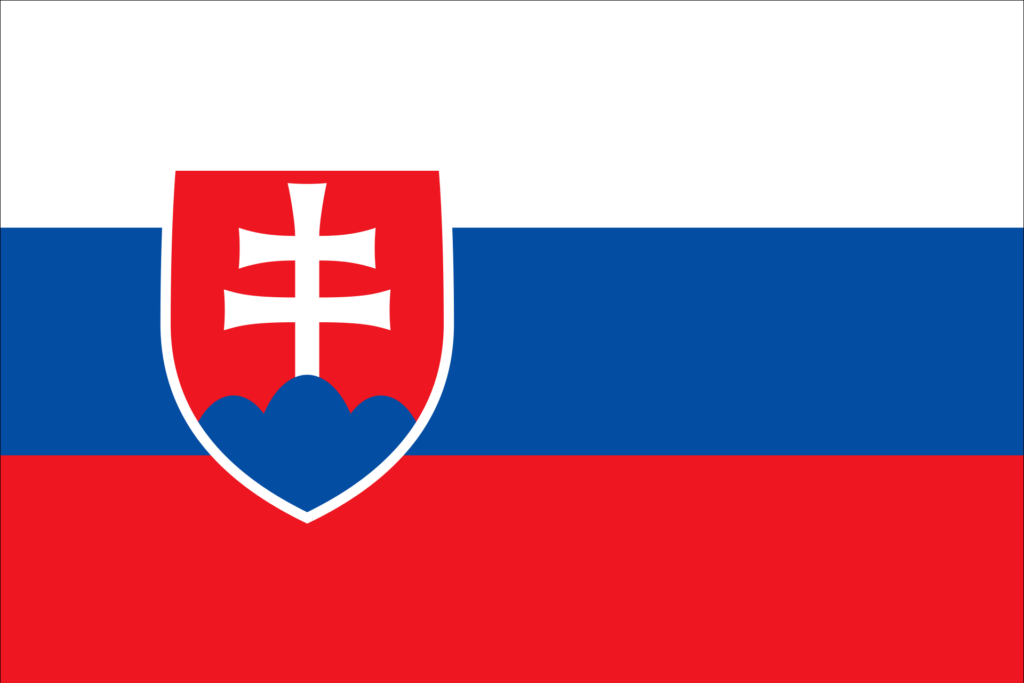
Slovakia’s flag shares the color scheme and the concept of including a national emblem on a tricolor background with Slovenia. The Slovak coat of arms in the flag’s left section adds a distinct identity, much like the Slovenian coat of arms.
Both flags reflect a blend of national pride and a collective Slavic identity. The flags’ designs symbolize a balance between individual national histories and a shared cultural background, illustrating the interconnected nature of European nations.
Serbia
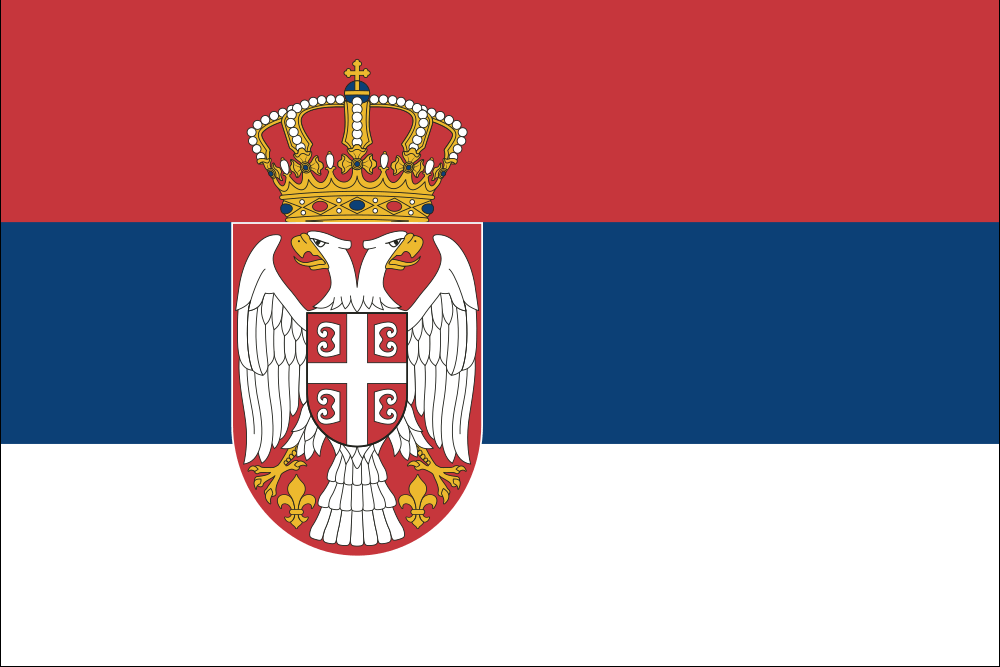
Serbia’s flag, similar to Slovenia’s, reflects a deep-rooted Slavic history through its color scheme. Like Slovenia’s, the Serbian coat of arms adds a layer of national specificity to a common Slavic background.
Using these colors in both flags is a testament to the enduring influence of pan-Slavic nationalism, which sought to unite different Slavic peoples under common cultural and historical banners.
Final Thoughts
The flag of Slovenia, with its distinctive colors and emblem, stands as a testament to the nation’s unique journey and symbolizes a blend of natural beauty and cultural identity. It holds a special place among global flags, evoking pride and a sense of belonging among Slovenian citizens, resonating with the country’s past and aspirations for the future.
Image Sources and Copyright Information
- Slovenian Flag and European Union Flag on Building Facade: © BalkansCat/Shutterstock
- Slovenia Flag Pin on World Map: © hyotographics/Shutterstock